🎨 Artistic space #24 - Pointillism as an artistic movement
Pointillism
Pointillism or divisionism is a pictorial technique that consists of representing the luminous vibration through the application of points that, when seen from a certain distance, compose well-defined figures and landscapes. In the paintings all the colours are pure and never mix with each other but it is the eye of the spectator who does it.
Each of the points that compose the work have a similar size, so that the viewer can not fail to observe a perfection that makes think of an idyllic frozen image, as a lasting vision of reality or image.
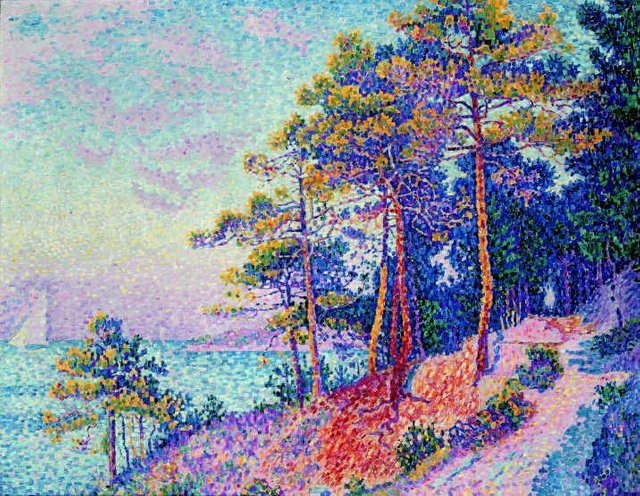
Although pointillism is considered to be the continuous current of Impressionism, it moves away from it in the conception of forms and volumes, and in pointillism, forms are conceived within a geometry of pure masses, his paintings being perfect examples of order and clarity.
According to Martín González, the change or evolution from impressionism to pointillism benefited from Cheveral's theoretical and scientific studies, among others, on color and forms that, although they had already been known and read by painters of past eras and styles, it is the pointillists who take it to its maximum application.
Chevreul's works ensured that the purer the colours, the more interesting tones they would achieve. That is why the pointillists, once the figures were made without mixing any of the four basic colours -or their derivatives- that they used, left the rest to the human eye: mixing them producing a vibrant, luminous, harmonic image.
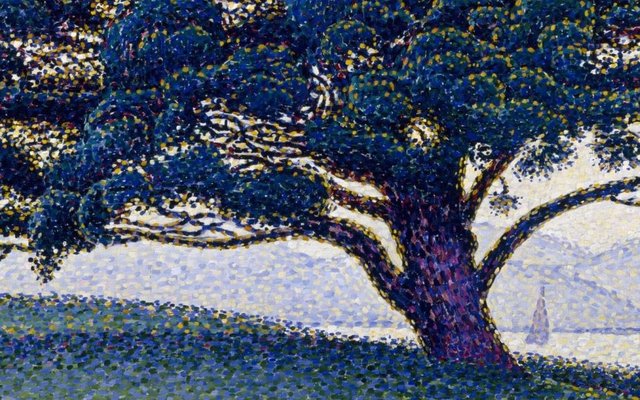
In Italy the pointillists adopted the second of the names exposed, that of divisionists. From the Italian country we will highlight the works of Segantini and Previati.
The center of pointillist production was France, where they developed their careers Seurat and Signac, maximum representatives of the current and painters that will focus our attention below. The relationship between them was deep.
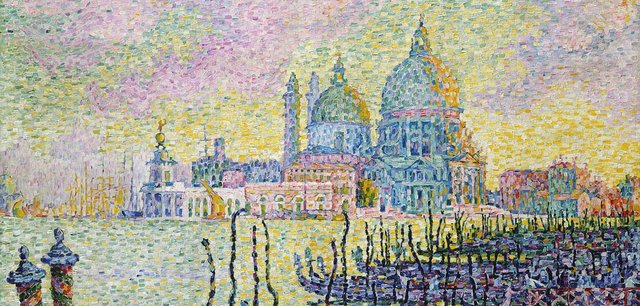
They met in the Society of Independent Artists, a group that welcomed and allowed to organize regular exhibitions to those painters that the critics rejected by the bold techniques or the lack, according to always the academicians, of technique. This is what the impressionists thought when, in 1886, Pissarro insisted that the pointillists be at the Impressionist exhibition in Paris, where they could exhibit together with the great artists of the time such as Monet and Renoir who, far from accepting young painters, left the exhibition and took their works with them.
George Seurat
George Seurat (1859-1891) is considered the initiator of pointillism. Despite his short life, he has become part of the history of universal art with his works based on the rationalisation of emotions, scenes and colours.
Although of classist formation, since he was young he showed a special interest for the landscapes and the games of colors, being Delacroix one of his maximum influences, acquiring his taste for the use of vivid and earthy colors; and it is that, like he made the French classic, Seurat was interested in the scientific treaties that spoke of reconciling the art with the science using four basic colors that he would combine in his palette: the blue, the red, the yellow and the green.
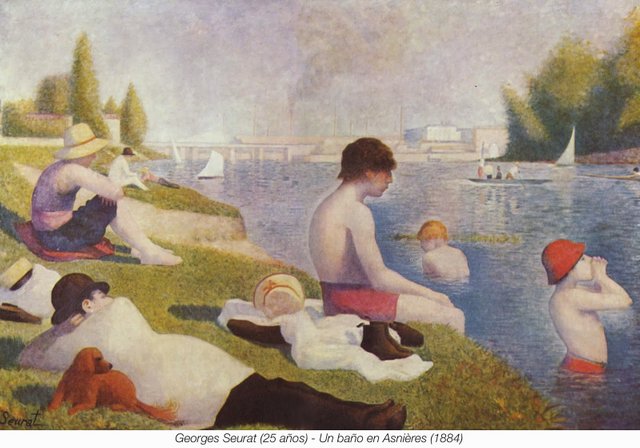
Thus, without mixing these tones on the canvas, he achieves a composition of carefully placed stains, giving his works a spectacular calm and harmony. Seurat also deeply admired other painters such as Piero della Francesca, Ingres, Poussin, etc.
Paul Signac
The other follower of this technique of pointillism was Paul Signac (1863-1935), who would introduce certain changes with respect to his companion. He transforms the small dots into wider brushstrokes giving more dynamism to the paintings than his companion, even though he continues with scientific ideas. Deep connoisseur of these treatises, he published a work called Delacroix au neo-impresionismo where he showed his enthusiasm for the fusion of art and science, feelings and technique.
His works include The Portrait of Feneon (1880), Saint-Tropez and The Castle of the Popes, the latter two inspired by his travels around the Mediterranean, the setting for much of his life.
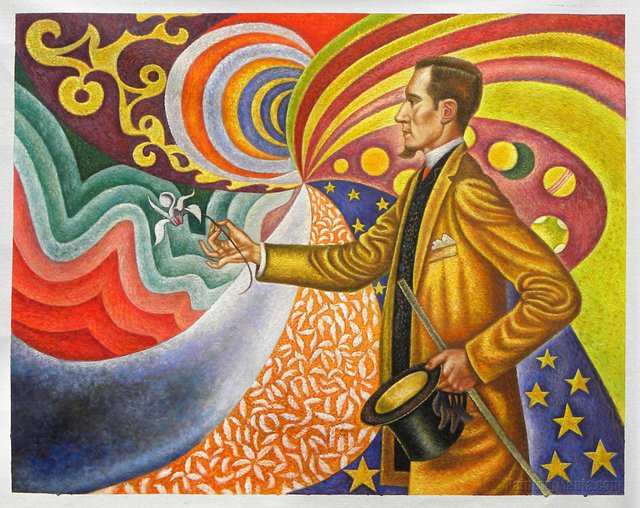
Thank you for reading 😊


If you liked reading this article, feel free to FOLLOW ME, UPVOTE and RESTEEM! It's always appreciated =D. Thank you all for your support and see you soon for the news flamingirl's adventures!


I've just upvoted your post!
just a micro support for a fellow steemian, I hope you'll appreciate it ;)
Of course! Thank you so much for your support my Steemian friend!!! 🤩🤩🤩
Nice scenic feature
https://lindagist.com
Posted using Partiko Android
Thanks! What's this link?
Great post ! The works of the old masters are for many artists the source of inspiration, you can learn so much from them. There are still so many genies to discover, names that most of us have never heard before! Resteemed
I totally agree with you my dear @fineartnow!
Thank you so much for your support! Really appreciated =D
Have a nice day!
Hello @flamingirl, thank you for sharing this creative work! We just stopped by to say that you've been upvoted by the @creativecrypto magazine. The Creative Crypto is all about art on the blockchain and learning from creatives like you. Looking forward to crossing paths again soon. Steem on!
Thanks a lot of you stopped by my article. I have a series of articles on the theme of art so do not hesitate to follow my work.
The support by the @creativecrypto magazine is very appreciated!
Have a nice day!
Steem on! =)